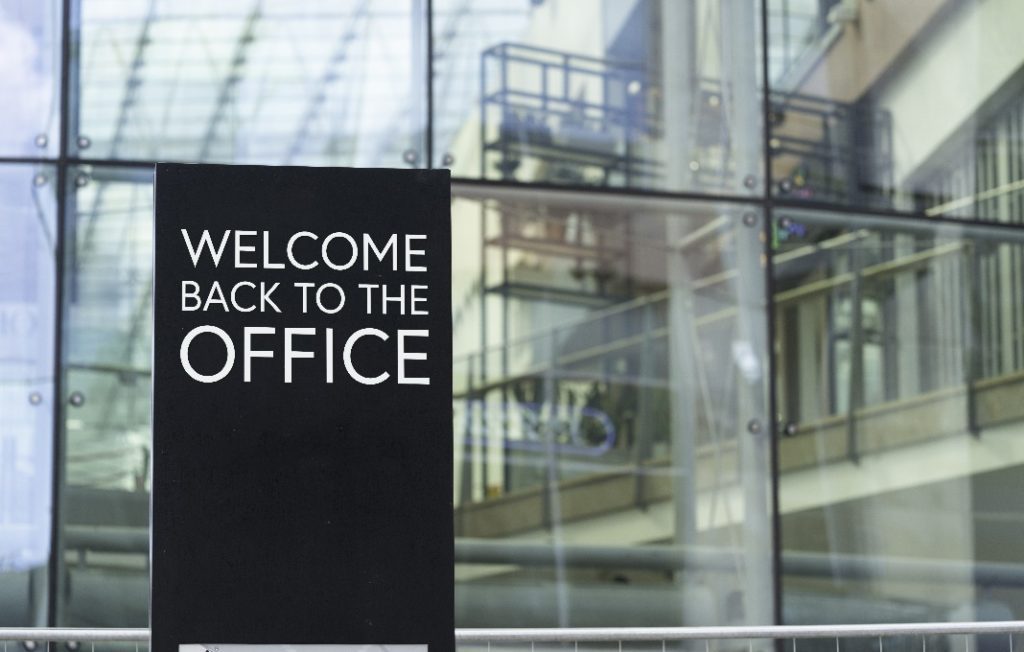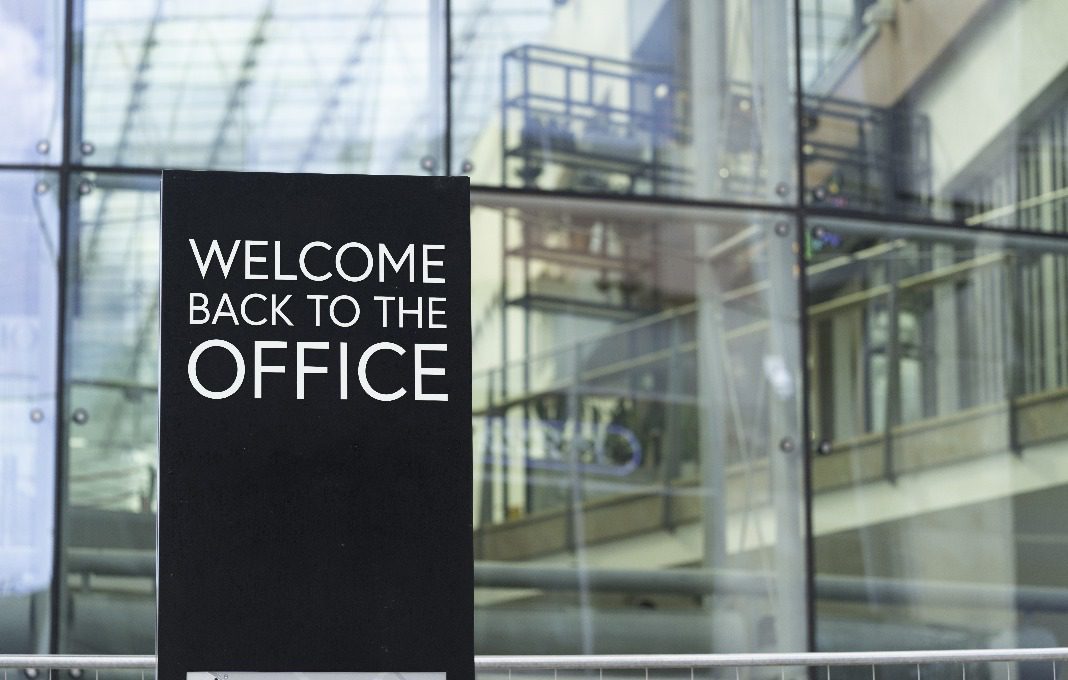 As greater numbers of Americans receive the vaccine for the coronavirus, more offices are opening up at least on a temporary basis. Few companies are back in the office at 2019 levels, and most do not anticipate ever getting back to that level. For those companies that are choosing a hybrid approach, however, they have been lulled into complacency based on a few factors.
As greater numbers of Americans receive the vaccine for the coronavirus, more offices are opening up at least on a temporary basis. Few companies are back in the office at 2019 levels, and most do not anticipate ever getting back to that level. For those companies that are choosing a hybrid approach, however, they have been lulled into complacency based on a few factors.
First, for those who were able to go virtual and still do business, there was not much of a choice—for the health of the team, it was required. As a result, there was little debate among those businesses who were fortunate enough to have some flexibility. We must recognize that the path back, especially if it involves some hybrid way of working—some in office and some remote—will be much more complex to manage. In this case, there is not the existential need to choose only one approach that the pandemic provided. Therefore, it is important to have a plan, of course, but it is also important to set expectations that that plan may change once the new reality sets in.
Related to this, I have advised may executive not to go through any one-way doors, as Jeff Bezos says relative to product decisions. For those executives who are suggesting to employees that they need not ever return to an office if they do not wish, if, at some point in the future, they determine that they would prefer to have some, even minimal in person presence, it will feel like a right revoked.
Additionally, people have been lulled into complacency by the fact that, even today, most of the people who continue to work remotely were parts of their firms when there were offices to work from. As a result, these employees got to know and build trust with their fellow workers. They learned cultural norms, and the translation to remote work was easier in ways that were not necessary to acknowledge. At a time when many companies are starting to hire tens if not hundreds of people, it is critical to think further about the process of onboarding these people in new ways to approximate the older methods of doing so.
Some companies have determined that new employees must work from an office for the first quarter or two in order to glean some of these advantages that were baked into the process in the old way of doing work. Only after the full inculcation would they then be given liberty to work remotely part-time.
Another way in which judgments may be clouded by how well things have worked in quarantine has been that we have gone from an environment where most people worked in offices, thus creating a level playing field for experiences to one where many went remote. Though there were new ways of working, and it took time to learn new means of collaborating digitally, the fact that most were doing this together again leveled the playing field. When there is choice, and when some employees are in offices and others are not, the playing field will no longer be level. This requires thinking about what situations dictate that people come into offices and which scenarios do not require it. Sergio Ezama, the Chief Talent Officer PepsiCo and CHRO Global Functions and Groups at PepsiCo has determined that in person meetings should be used to “connect, celebrate, collaborate, and create.” If a team is not doing one of these things, then they should be at liberty to work virtually.
The CIO of a prominent energy company recently mentioned that her team has determined that everyone on the team should be in offices every third week. This method was determined based on the desire to level the playing field. Therefore everyone is either all remote or all in the office. Naturally, this requires that the preponderance of employees and new hires live in relative proximity of an office to make this work.
In order to ensure that the right methods are being put in place, first, evaluate what work should be done where. Second, determine which roles, on balance, require in person collaboration to a greater extent than others. Third, ensure you have the tooling in place to make the hybrid work such that when some people are remote while others are in the room, the experience is not too different for each constituent group. Fourth, have a good change management program in place, as, by definition, this will require substantial change. Fifth, be sure to communicate regularly and openly about progress or lack thereof. Set the expectation that the going in assumption for the next way of working are likely to change once reality sets in. Some of the hypotheses that the original plan are based upon will be correct, of course, but some will not work as well as planned. Prepare the team, collect the data, and set up the communications mechanisms to be sure that changes can be made when necessary.
